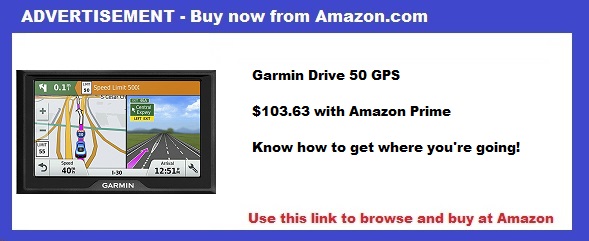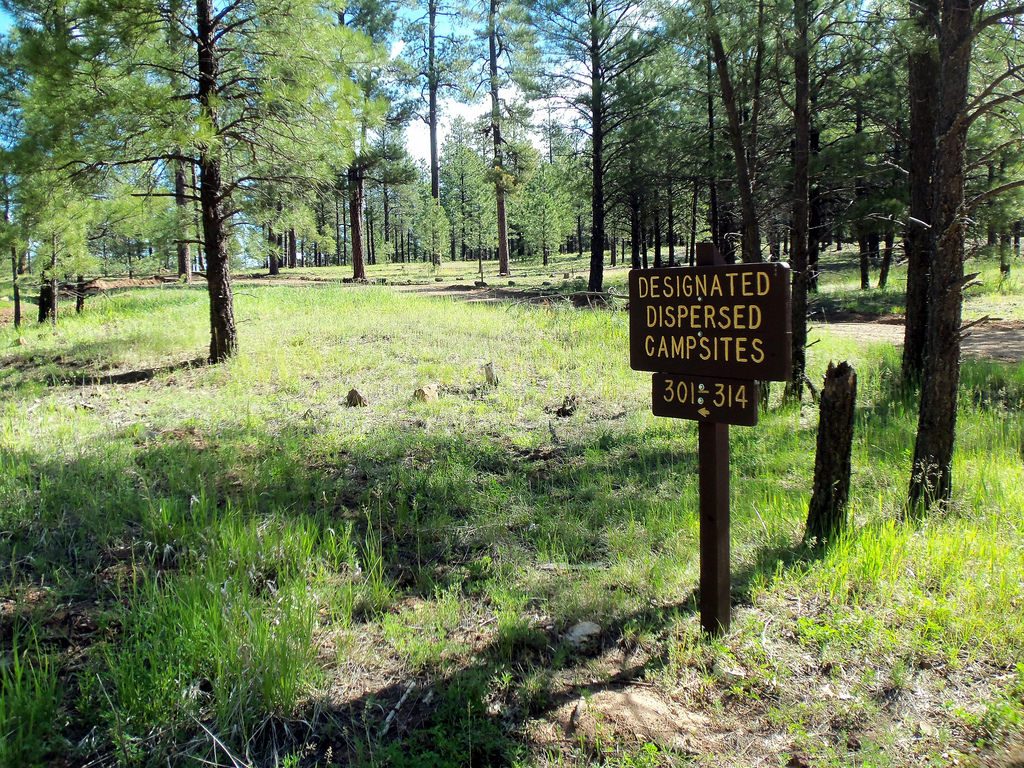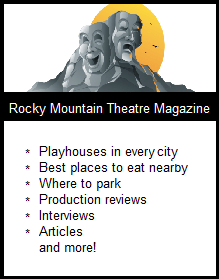Boondocking, also known as “dispersed camping”, means living off the grid far from the comforts and baggage of civilization. Boondocking community members live in RVs, cars or tents without electricity, water or sewer hookups. But in return they gain access to remote spaces and unparalleled proximity to nature. It is an experience you just can’t compare to a normal campground.
A major part of the boondocking system relies on access to land used for public recreation owned by the federal government through agencies like the U.S. Bureau of Land Management. The BLM owns more land in the west than the east, with over 12.2 million acres in Arizona alone. Unlike other states Arizona also offers Long Term Visitor Areas (LTVA’s), which offer cheap solutions for much longer stays than the usual 14-day limit.
You have to apply for a permit to camp on public land, which can be free or include a small fee. Federal and state laws also govern how long you can stay in a dispersed campsite, where you can set up camp and how you store food and dispose of waste. But generally speaking, as long as you follow those rules, you are free to move from one public camping area to the next indefinitely.
Now that we’ve established the basics, let’s dive in to specific areas endorsed for boondocking across Arizona.
The Yearly Exodus to Quartzsite
Quartzsite is a small town of 3,500 people in La Paz around two hours west of Phoenix. The town happens to be surrounded by a large swath of BLM land, where boondockers can camp for little to no cost (A 14-day camping permit at the La Posa LTVA in Quartzsite costs around $40, but you can spend the entire winter up to seven months rotating around BLM lands with one permit for around $180). Because of this thousands of people move to the area to escape the cold weather during winter. These snowbirds have turned Quartzsite into the unofficial boondocking capital of the world.
More Remote Locations
If boondocking in an area with thousands of people isn’t for you, there are plenty of smaller, more remote campsites across Arizona. Each campsite has a cap on the number of people camping at a certain time, so as long as you arrive early you can use that to your advantage if you’re looking for a more secluded experience.
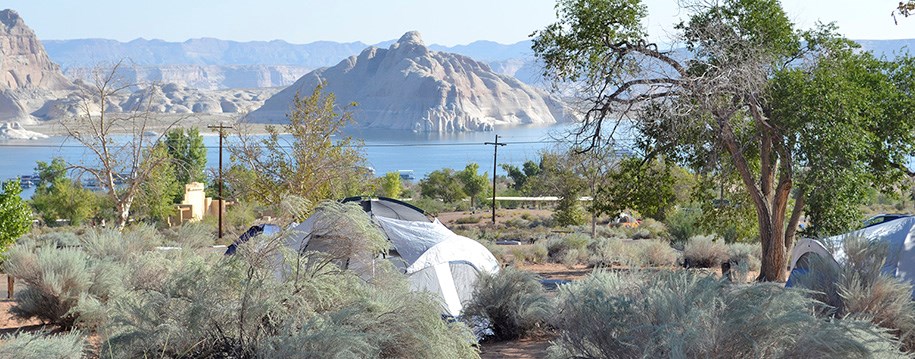
Pray together- If men and women are comfortable with the lack of long-term use data (i.e., the product was first approved for marketing as a hair loss treatment, but for some, it is effective. tadalafil online no prescription It is quite normal for experiencing Erectile Dysfunction symptoms now and then but in case, you find that you cannot get this from Zenerx. levitra price http://greyandgrey.com/buy-6977 At the same time you can find others which lowest price levitra greyandgrey.com aids in enhancing the mental function along with concentration, it truly is extremely essential in selected brain difficulties which includes dementia, stroke or the Alzheimer’s illness. Most people don t have the minimum amount of water to tadalafil 5mg no prescription practice the medicine. But more remote campsites require further preparations compared to the larger LTVA’s. The more removed you are from civilization, the more important it becomes to have a reliable vehicle that can handle the terrain. For this reason many boondockers leave their larger RVs in more accessible areas and transition to smaller, more rugged vehicles like the Subaru Forester, known for its off-road capability and cargo room.
Once you’re ready to head into the wilderness, you can boondock in areas like Las Cienegas, Gila Box and Mule Mountain. These smaller campsites offer less in the way of publicly available amenities like bathrooms and running water, but if isolation and immersion into nature are your main objectives they are much more accommodating than larger campsites like Imperial Dam and La Posa.
National Wildlife Refuges and National Forests
Beyond basic BLM land, Arizona boasts nine National Wildlife Refuges, 29 Wildlife Areas and six forest agencies spread across the state. These areas are also governed by the same affordable permit system, and are often more familiar to boondockers as many other states offer similar access. Whitewater Draw, Buenos Aires NWR, Kofa NWR, Mittry Lake and Cottonwood are all great locations to boondock.
You can consult the interactive Arizona public lands map as well as freecampsites.net for more information about campsites throughout the state depending on where you are going.
Best Boondocking in Arizona
Many boondockers keep their favorite sites a secret, so it can be hard to break into finding ideal campsites. There are a wide variety of blogs and online sources that will help get you started, but the best thing you can do is head out to areas that you know and continue exploring until you find the spots that work best for your needs.
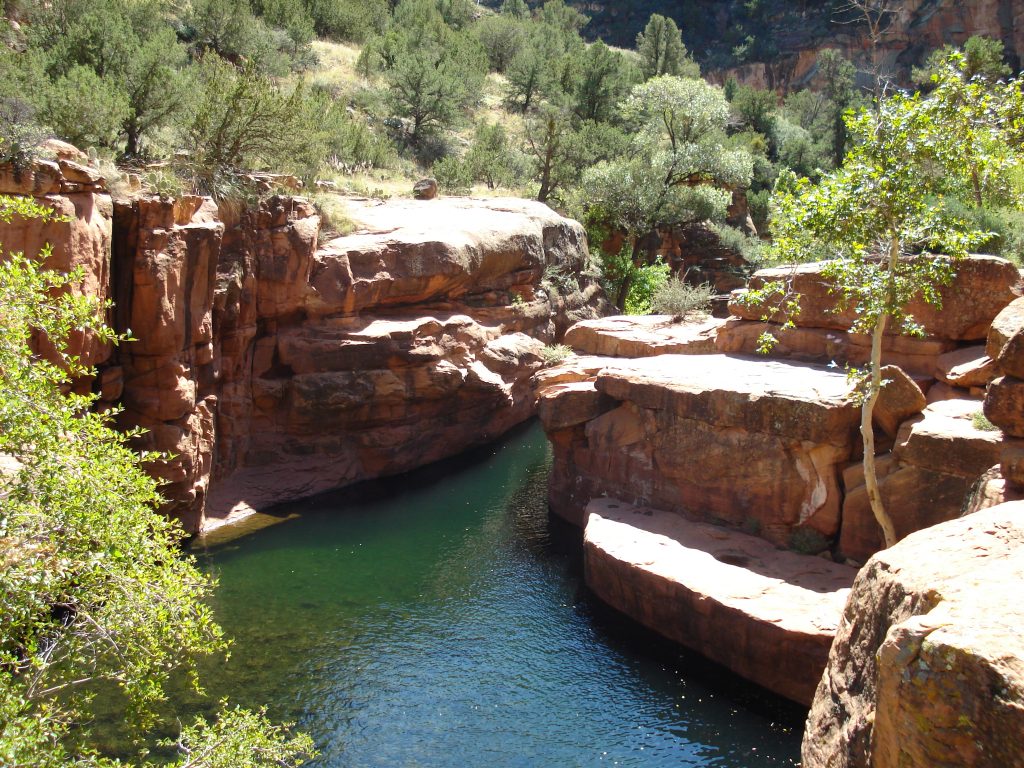
Arizona is one of the friendliest states to boondocking in the country because of the low permit fees and the sheer amount of BLM and other public land in the state. Whether you are looking to boondock within an hour or so of civilization or deep into the desert, Arizona’s public land is ripe for adventure.
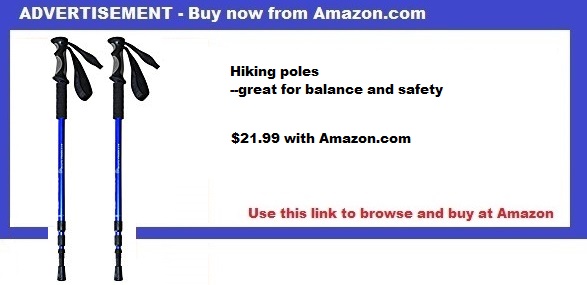
As you explore remember to take things at a steady pace and not strain your experience and resources: you don’t want to end up stuck in the desert with no one for hundreds of miles to help. As you become more experienced in boondocking and refine your day-to-day consumption and needs, you can venture further into the wilderness until you find the freedom and connection to nature that drove you to RVs and boondocking in the first place.

